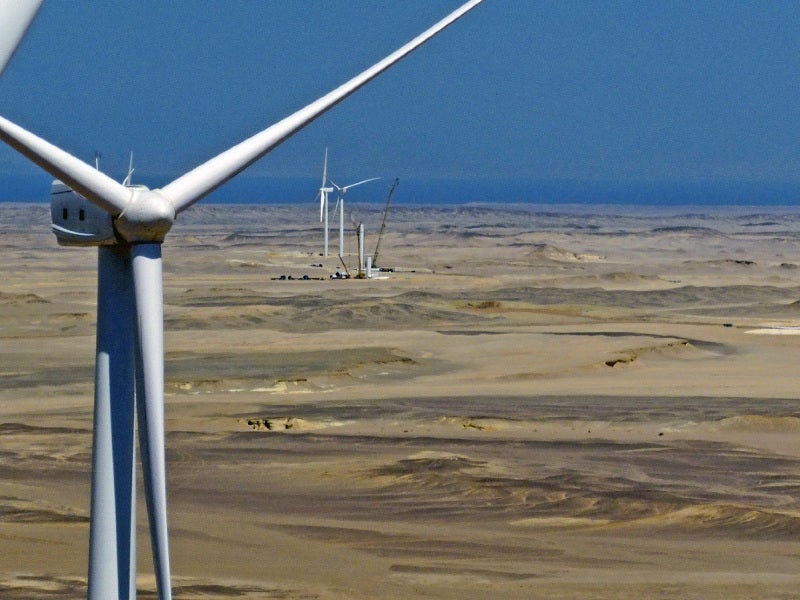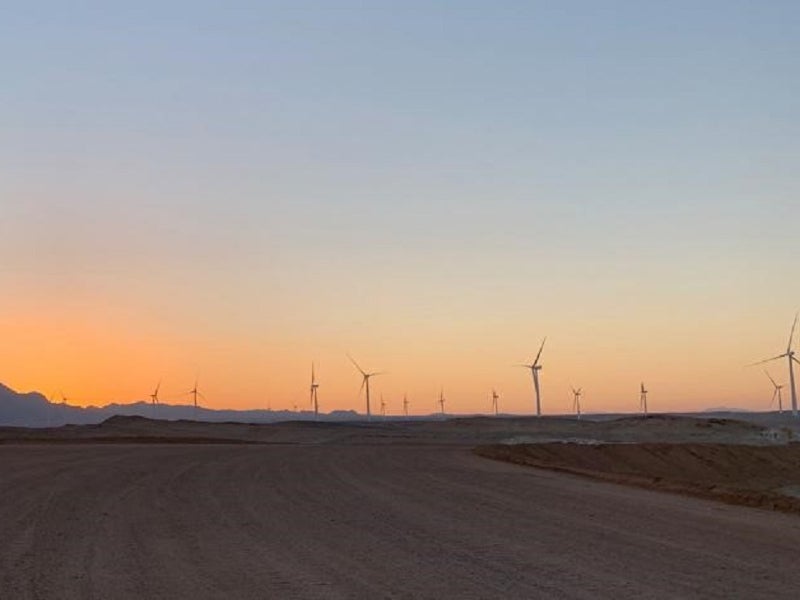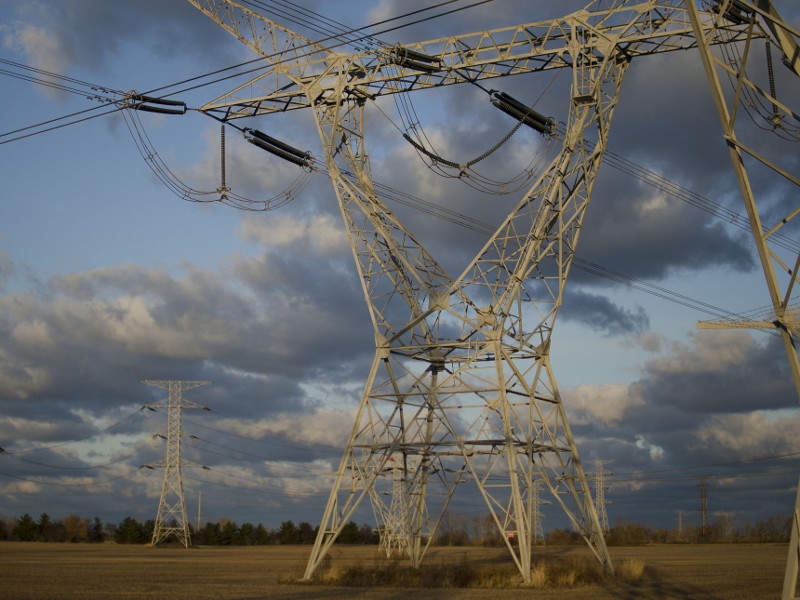Ras Ghareb wind farm is a 262.5MW near-shore wind project developed near the Gulf of Suez, approximately 30km north-west of Ras Ghareb, Egypt. It is the first independent power producer (IPP) project in the country.
The project was developed by Ras Ghareb Wind Energy, a special purpose joint venture company established by Engie (40%), Toyota-Tsusho / Eurus Energy (40%) and Orascom Construction (20%), on a build-own-operate (BOO) basis. The total investment in the project was approximately $380m.
The project reached financial closure in December 2017, and the construction commenced in 2018. The wind farm started partial operations in October 2019 and achieved full capacity in December of the same year. It generated more than 1TWh of clean energy by July 2020.
The wind farm can generate enough electricity to power 500,000 Egyptian households. It was built in support of the Egyptian Government’s target to supply 20% of electricity from renewable sources by 2022.
Ras Ghareb wind farm development details
Ras Ghareb wind farm is one of several BOO / IPP projects developed with the World Bank as part of the Egypt New and Renewable Energy Authority’s (NREA) Wind Power Development Project plan in the Gulf of Suez.
The Wind Power Development project was approved by the World Bank Board in June 2010 with an International Bank for Reconstruction and Development (IBRD) loan of $70m and Clean Technology Fund (CTF) loan of $150m.
It aims to support the development of wind projects and the expansion of associated transmission networks.
Ras Ghareb wind farm make-up
The Ras Ghareb wind farm was developed on a greenfield site owned by NREA. The site is located 260km south-east of Cairo, on the shore of the Suez Canal in the Red Sea Governorate.
The wind farm is equipped with 125 G97-2.1MW Siemens Gamesa wind turbines. The 2.1MW turbines feature a 97m-diameter rotor suitable for low-wind sites, lightweight blades, an active yaw system and a preventative maintenance system.
Transmission and power purchase agreement details
A 500kV double-circuit overhead transmission line was developed along with a 500kV/220kV substation at Ras Ghareb. The substation transmits the power generated by the wind farm to an existing 500kV / 220kV substation located at Samallout, which connects to the national grid.
The electricity generated by the wind farm is sold to the Egyptian Electricity Transmission Company under a 20-year power purchase agreement (PPA). The wind farm was connected to the Egyptian national grid in June 2019.
Financing for Ras Ghareb wind farm
Japan Bank for International Cooperation (JBIC) signed a $192m loan agreement with Ras Ghareb Wind Energy in December 2017. Sumitomo Mitsui Banking Corporation and Société Générale co-financed the loan by providing $128m, which increased the total available funding for the project to $320m.
Nippon Export and Investment Insurance provided insurance to the financing provided by Sumitomo Mitsui Banking Corporation and Société Générale.
Commercial International Bank served as the working capital bank for the project, while Attijariwafa Bank provided an equity bridge loan.
Contractors involved
Mott Macdonald provided technical advice and monitored the construction. Engineering consultancy services provider Tractebel acted as the owner’s engineer for the project.
Siemens Gamesa won the contract to supply the wind turbines for the project in January 2018. The company is also responsible for the maintenance of the turbines for a period of 15 years.
Orascom Construction was the engineering, procurement and construction (EPC) contractor for civil works and electrical systems. It was also responsible for the construction and installation of all 125 wind turbine foundations for the project.
Master Builders Solutions, a chemical solutions provider for the construction industry, provided foundation grout, as well as waterproofing and curing compound solutions for the wind turbine foundations.
Egypt’s wind power market
Demand for electricity is increasing in Egypt due to population growth. The country aims to meet the increasing demand by diversifying its power generation facilities to renewable energy sources to avoid dependence on oil and gas.
Egypt intended to generate 12% (6.8GW) of electricity from wind sources by 2022, 5.8% from hydro resources and 2.2% from solar resources. The Gulf of Suez has wind speeds of 10.5m/s (34.44ft/s) on average, making it suitable for wind farms.
The Government of Egypt provided a 7,845km² (84,442.8ft²) area to NREA in the Gulf of Suez region and Nile Banks for the development of wind energy projects. Egypt had about 1,375MW of wind power plants in operation as of September 2021, while 1,340MW of new wind farms were in the development or construction phases.






